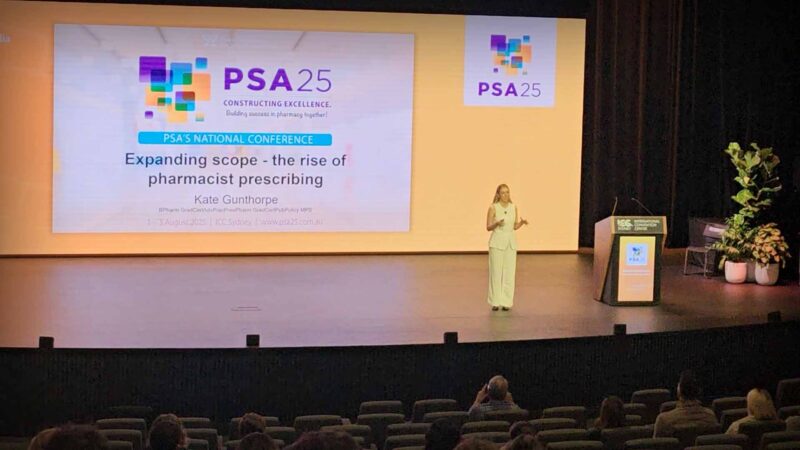There are several issues related to oral health care in Australia. Some of these include:
- Access to care: Many Australians, especially those living in rural or remote areas, may face barriers to accessing oral health care services. This can be due to a shortage of dental professionals, limited public transport, and financial constraints.
- Cost of care: Dental care in Australia can be expensive, and many people may be unable to afford essential treatments. While the government provides some funding for certain groups such as children and low-income earners, many people still have to pay out-of-pocket expenses for dental care.
- Disparities in care: There are significant disparities in oral health outcomes among different populations in Australia. For example, Indigenous Australians and people from lower socio-economic backgrounds are more likely to experience oral health problems than other Australians.
- Workforce shortages: There is a shortage of oral health professionals in some areas of Australia, which can lead to longer wait times and reduced access to care.
- Preventive care: There is a need to improve education and awareness about preventive oral health care practices, such as regular brushing, flossing, and dental check-ups, to reduce the incidence of oral health problems.
- Aged care: Many older Australians may face difficulties in accessing oral health care due to physical limitations or cognitive impairments. This can lead to a decline in oral health and overall health outcomes.
Overall, addressing these issues requires a multi-faceted approach that involves improving access to care, addressing disparities in care, promoting preventive care, and addressing workforce shortages.
One of the ways Dr Padma Gadiyar, a dentist running a number of practices in Brisbane, has considered is through digital health. Dr Gadiyar has developed Smilo.ai, an app that is able to take photos to assess the health of teeth through artificial intelligence, provide guidance on oral health issues for the user, at the same time helping to deliver public health literacy.
In this People In Health Care segment, Dr Gadiyar spoke to Australian Health Journal on how she hopes the app will help increase the number of people seeking dental treatment from the current 47% level in Australia. To date, 120,000 users have downloaded the app with more than 50 dental practices signed up with Smilo.ai to receive individual enquiries or seek dental treatment.
Smilo.ai is a member of the Australian Dental Industry Association.
You Might also like
-
Analogy of the system, rather than the ED front door
“The problem of blockages shows up in ambulance ramping and long wait times, but this is a complex issue requiring whole-of-health system solutions,” according to Professor Hugh Grantham, Chair of Emergency Medicine Foundation in an interview with Australian Health Journal.
-
Developing the next generation of medicines to target and enhance the microbiome
Australian Health Journal spoke to Associate Professor Sam Forster, Research Group Head
Microbiota and Systems Biology, Hudson Institute of Medical Research, Team Leader, Australian Microbiome Culture Collection & Chief Scientific Officer, BiomeBank and Dr Sam Costello, Co-Founder and CEO of BiomeBank about the microbiome, partnering and some of the breakthroughs in recent years. -
Pharmacist Prescribing Model gets further support from state health
A full scope pharmacist prescriber model allows pharmacists to independently prescribe medicines within their professional competence, without requiring prior doctor authorisation. It extends pharmacists’ role beyond dispensing to include assessment, diagnosis of minor and chronic conditions, initiation and modification of therapy, and ongoing patient monitoring. This model integrates pharmacists into primary care teams, aiming to improve timely access to treatment, reduce pressure on general practitioners, and enhance continuity of care. Pharmacists use their clinical knowledge, patient records, and collaborative pathways to ensure safe prescribing. The model emphasises training, regulation, and accountability to maintain high standards of patient safety.



